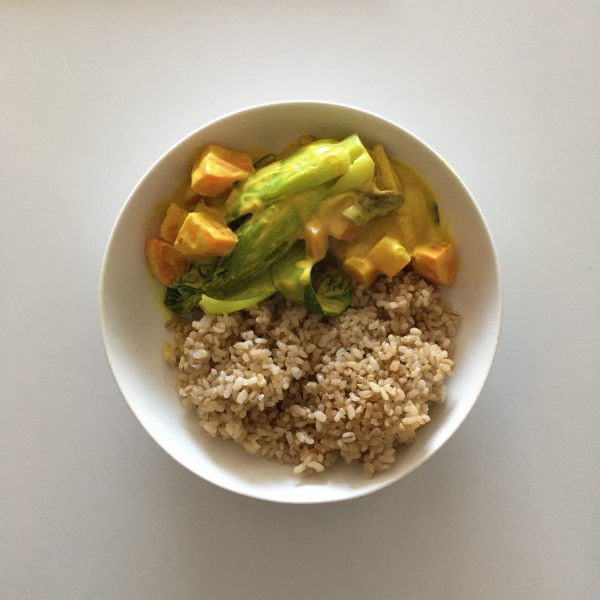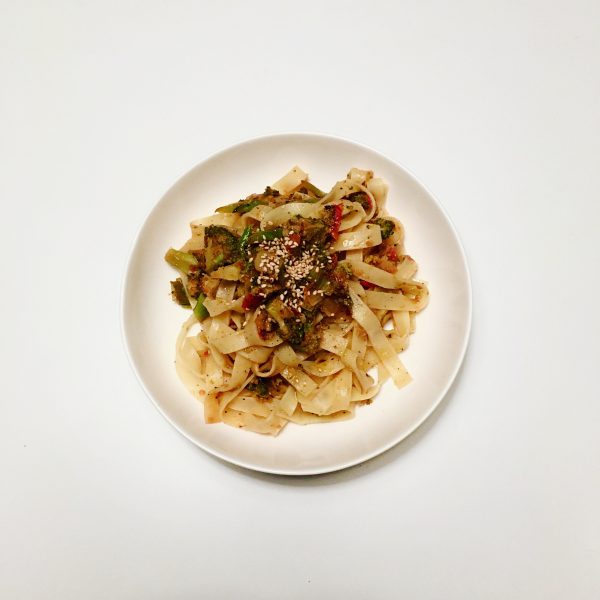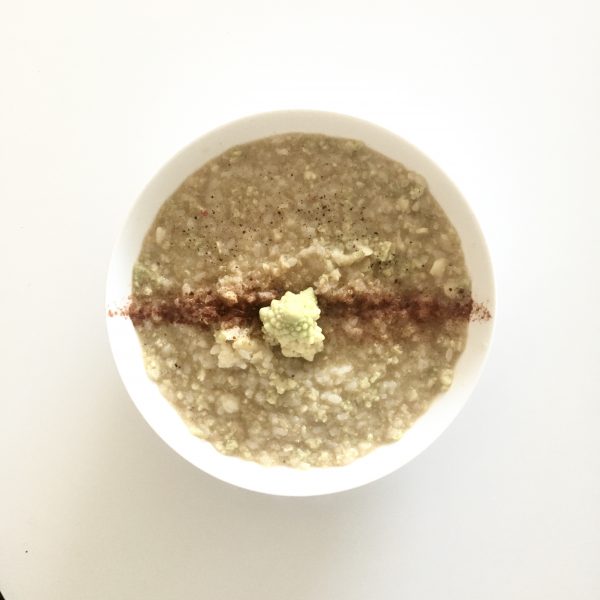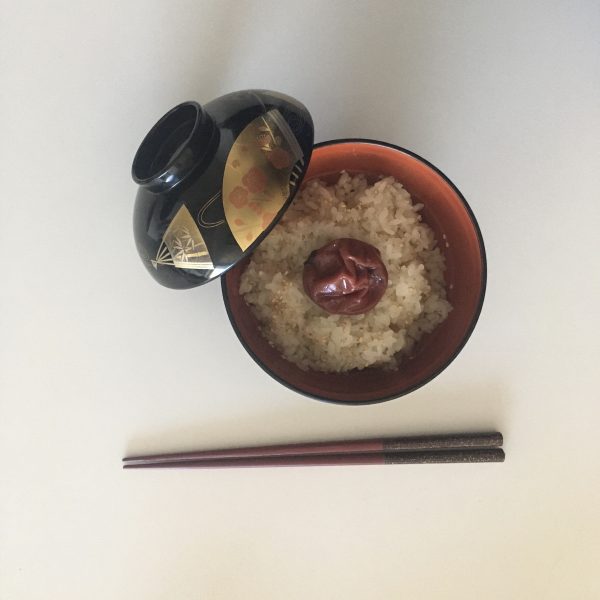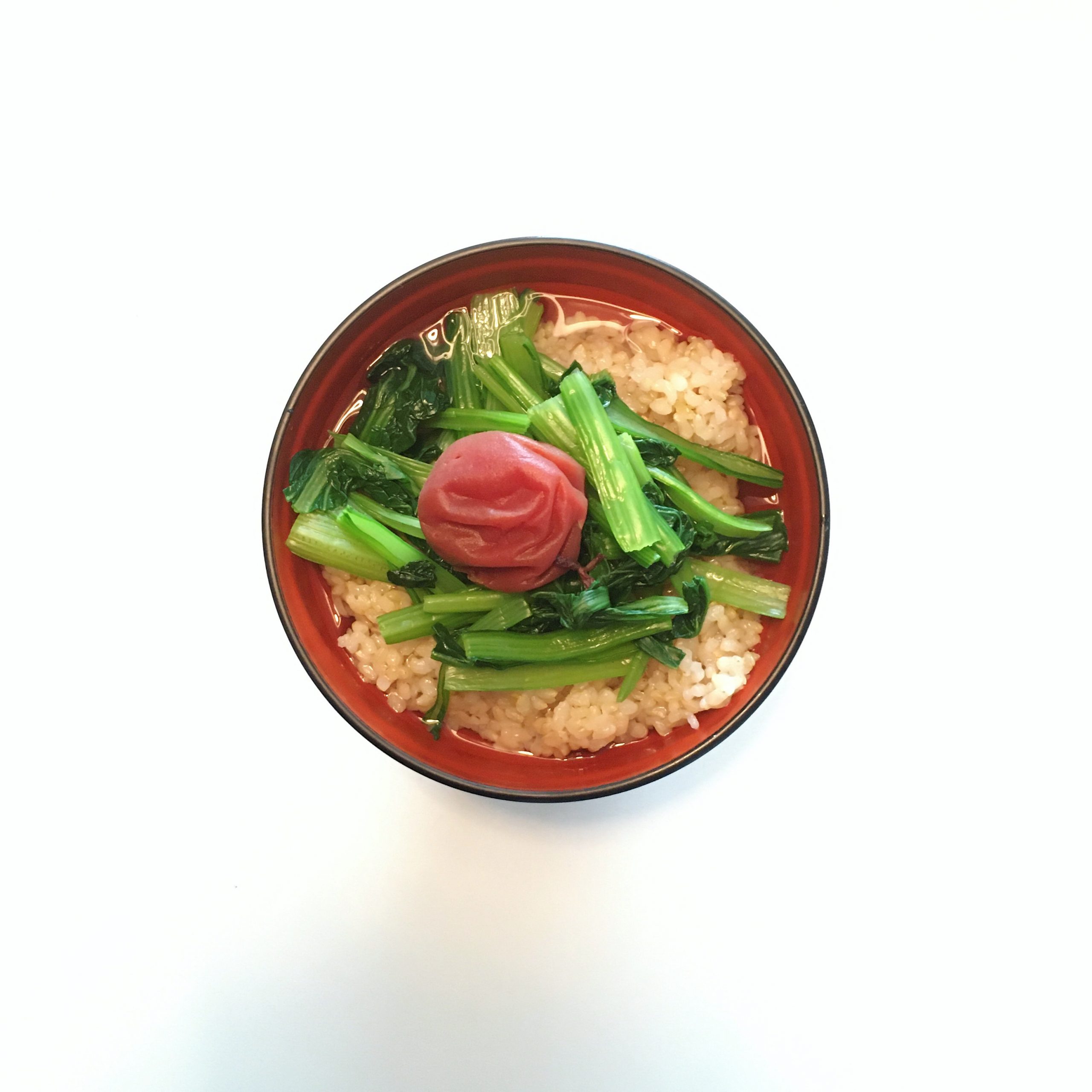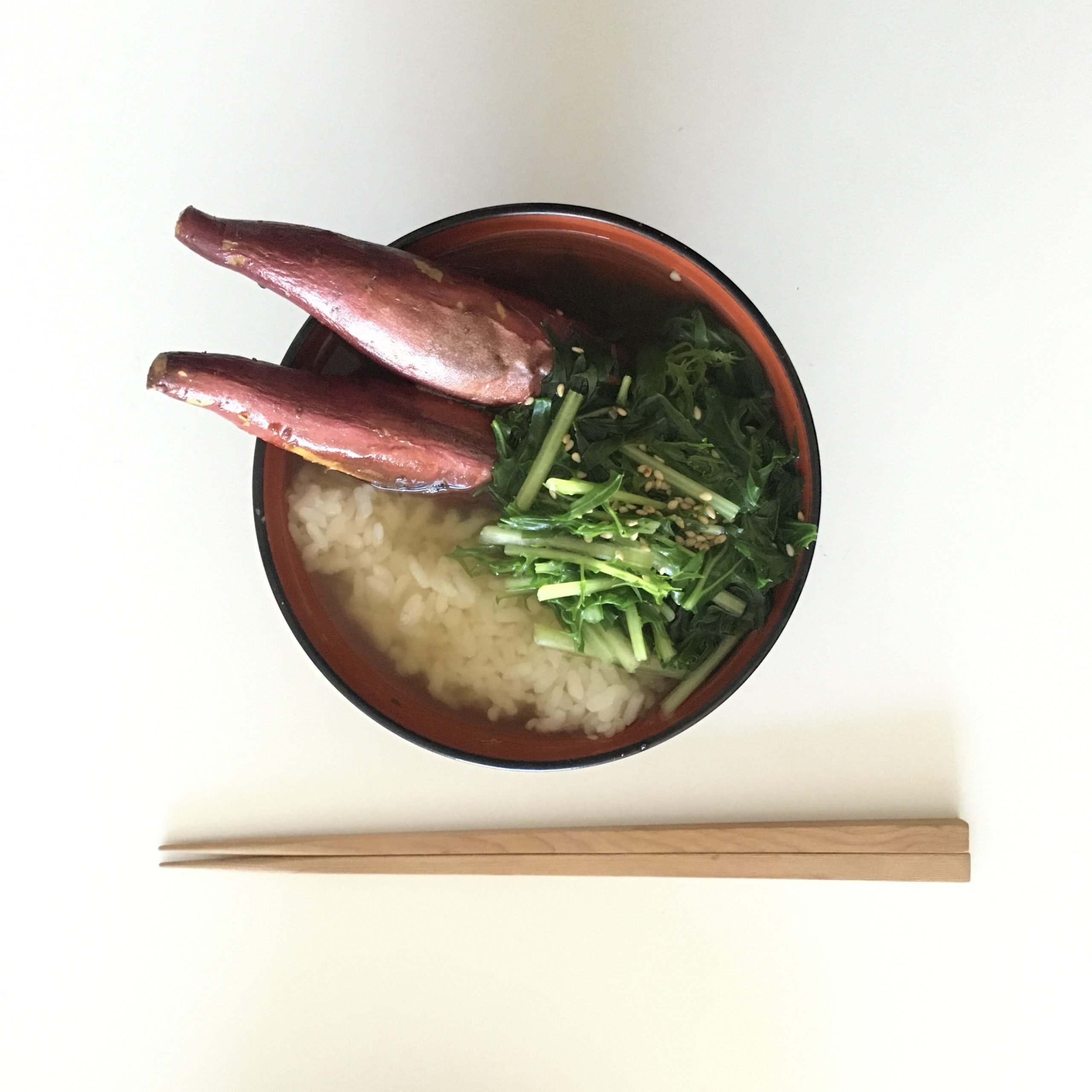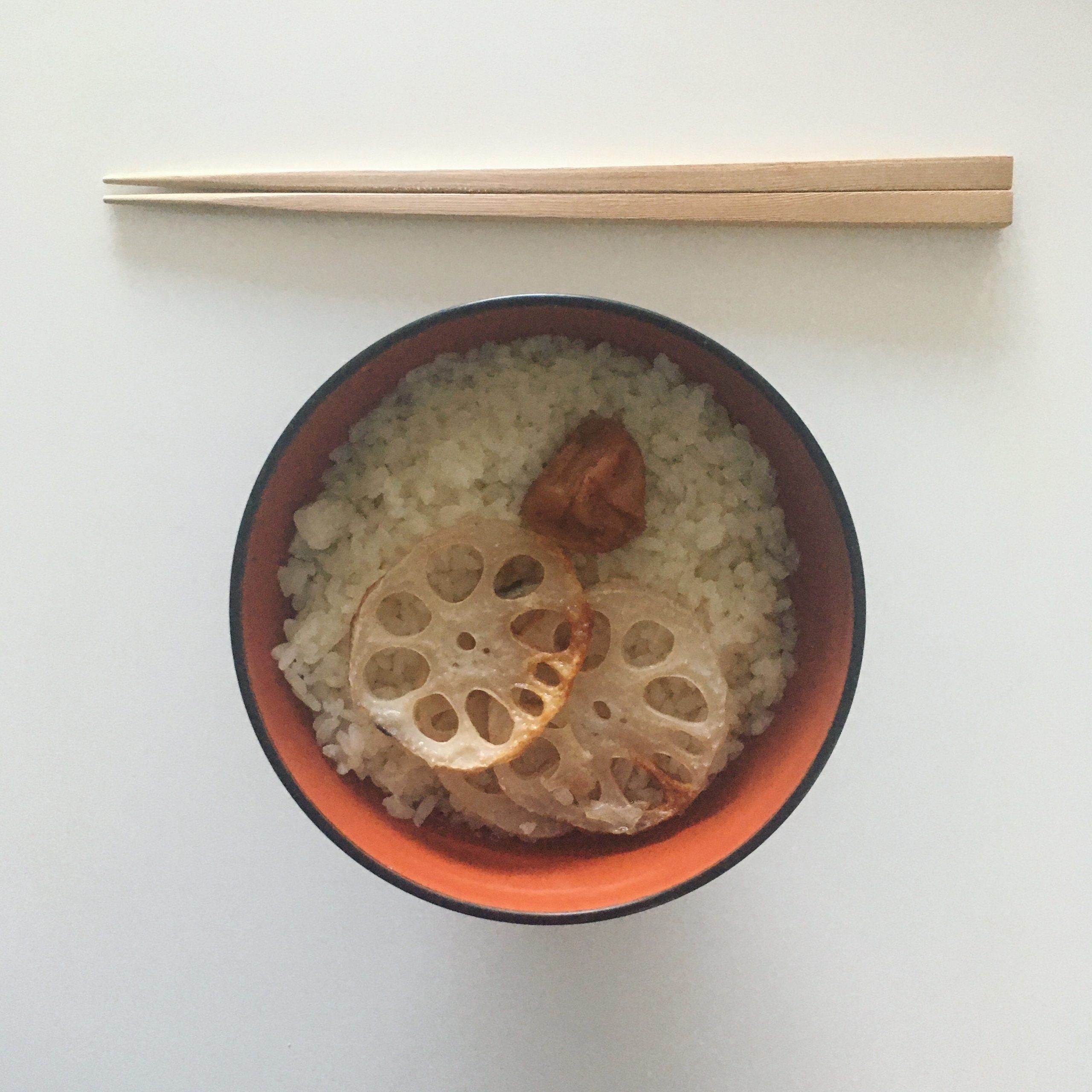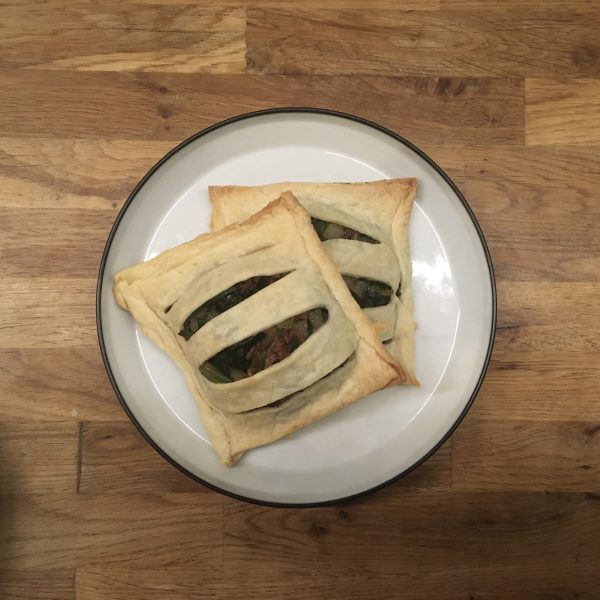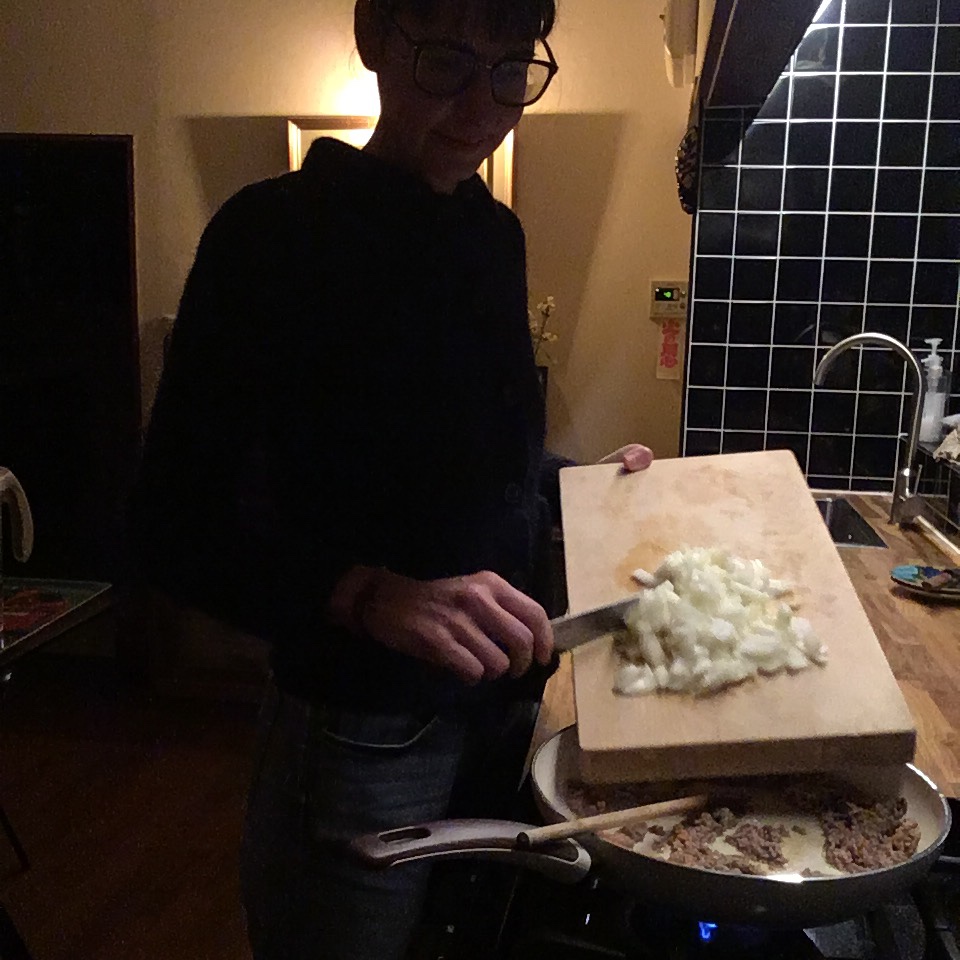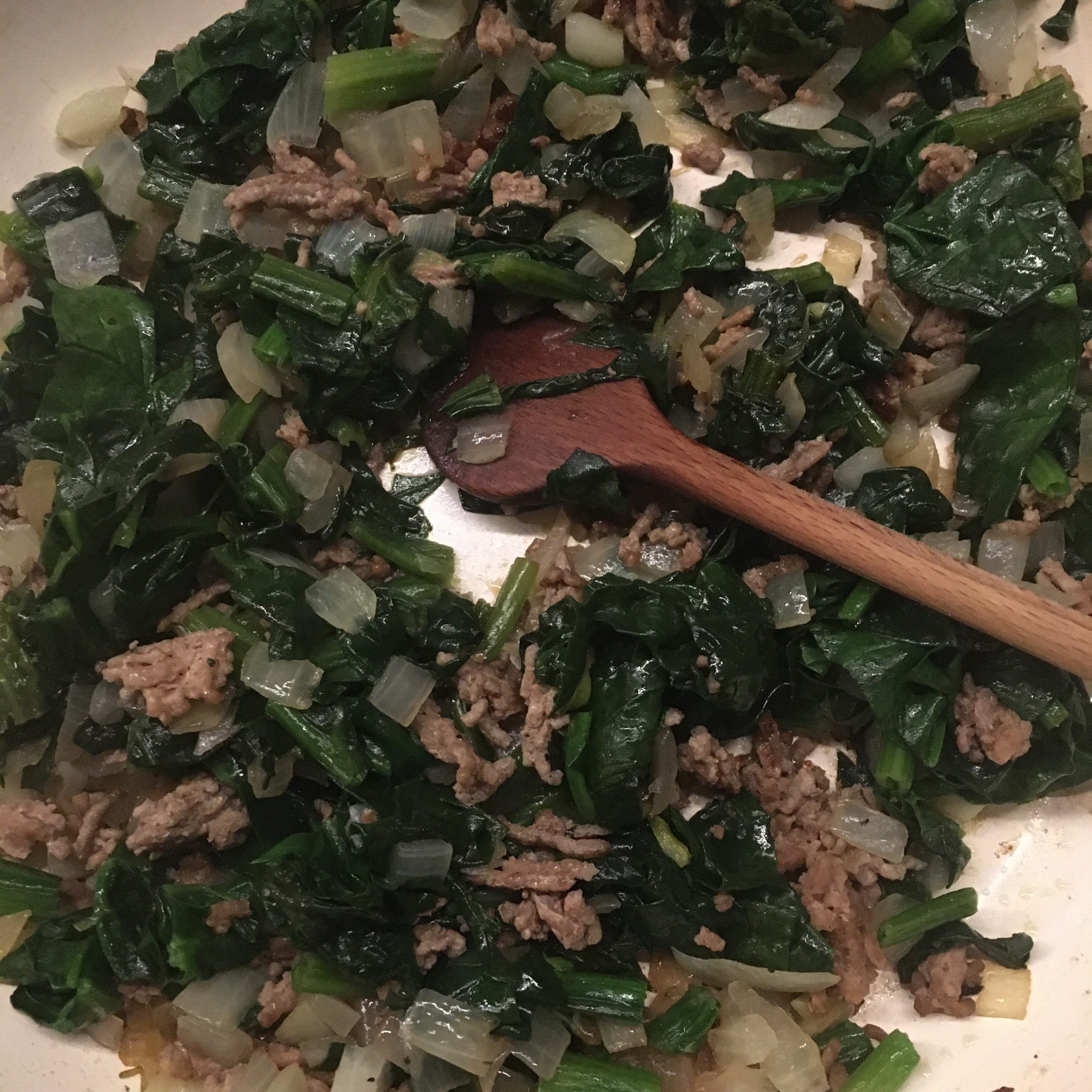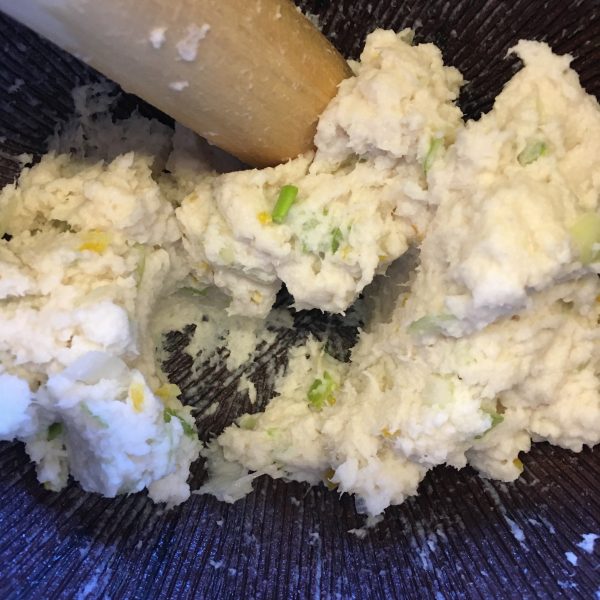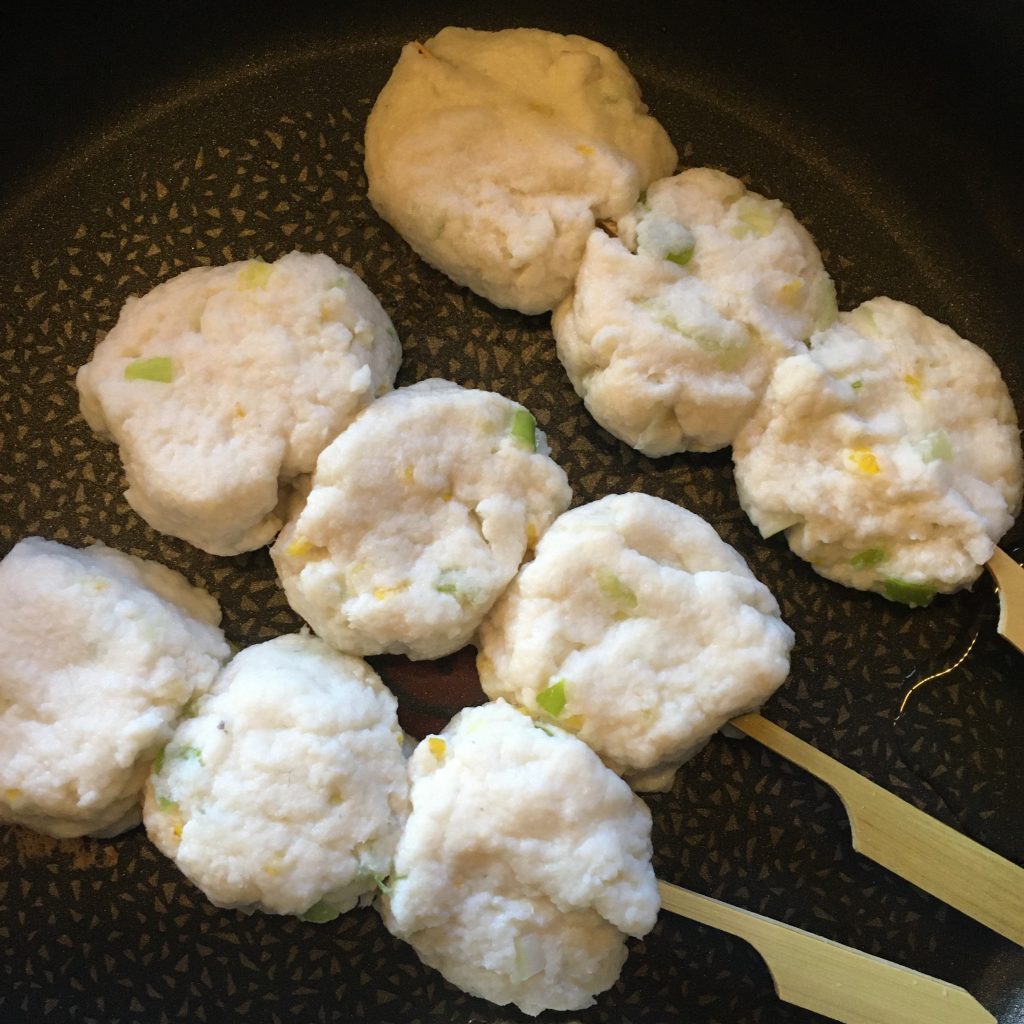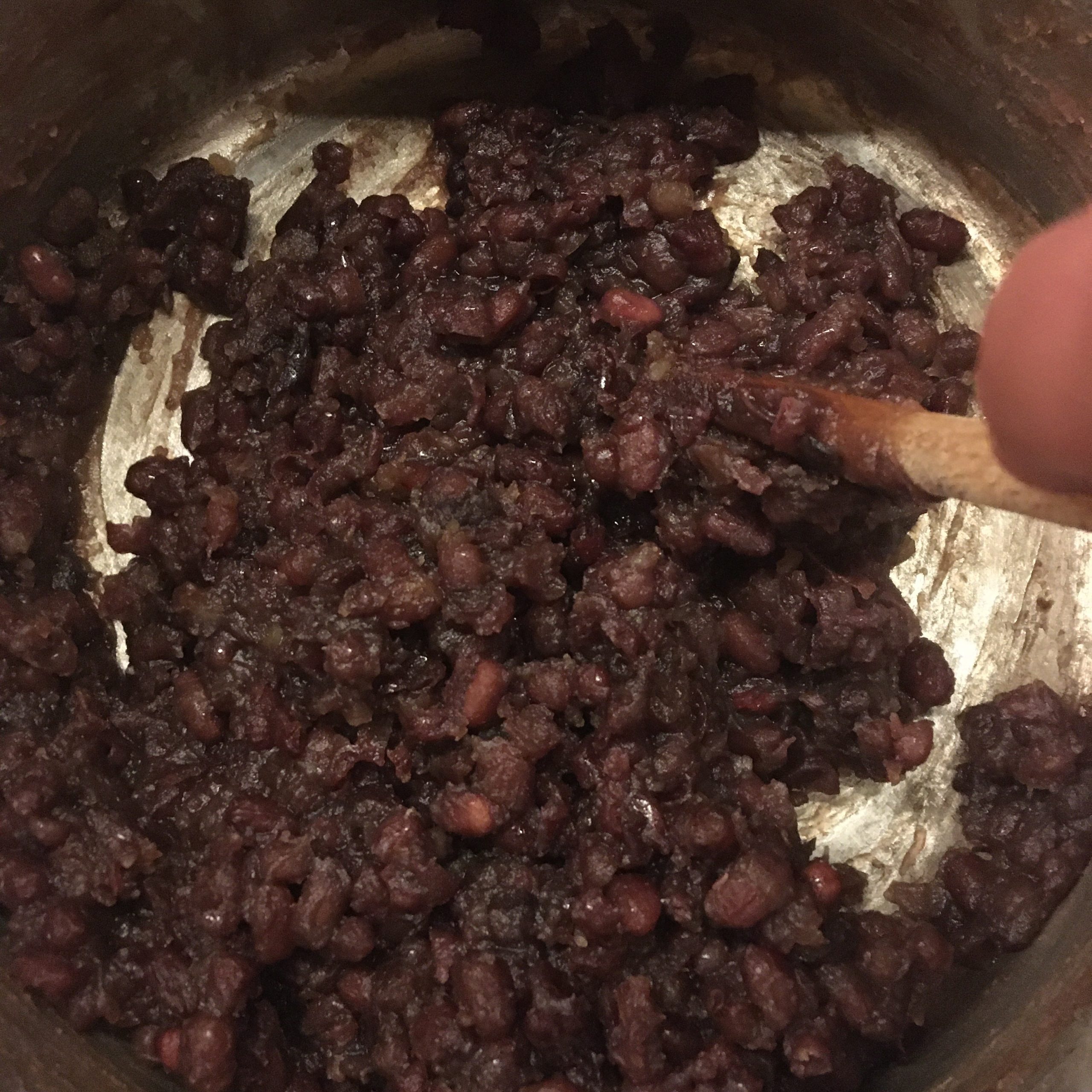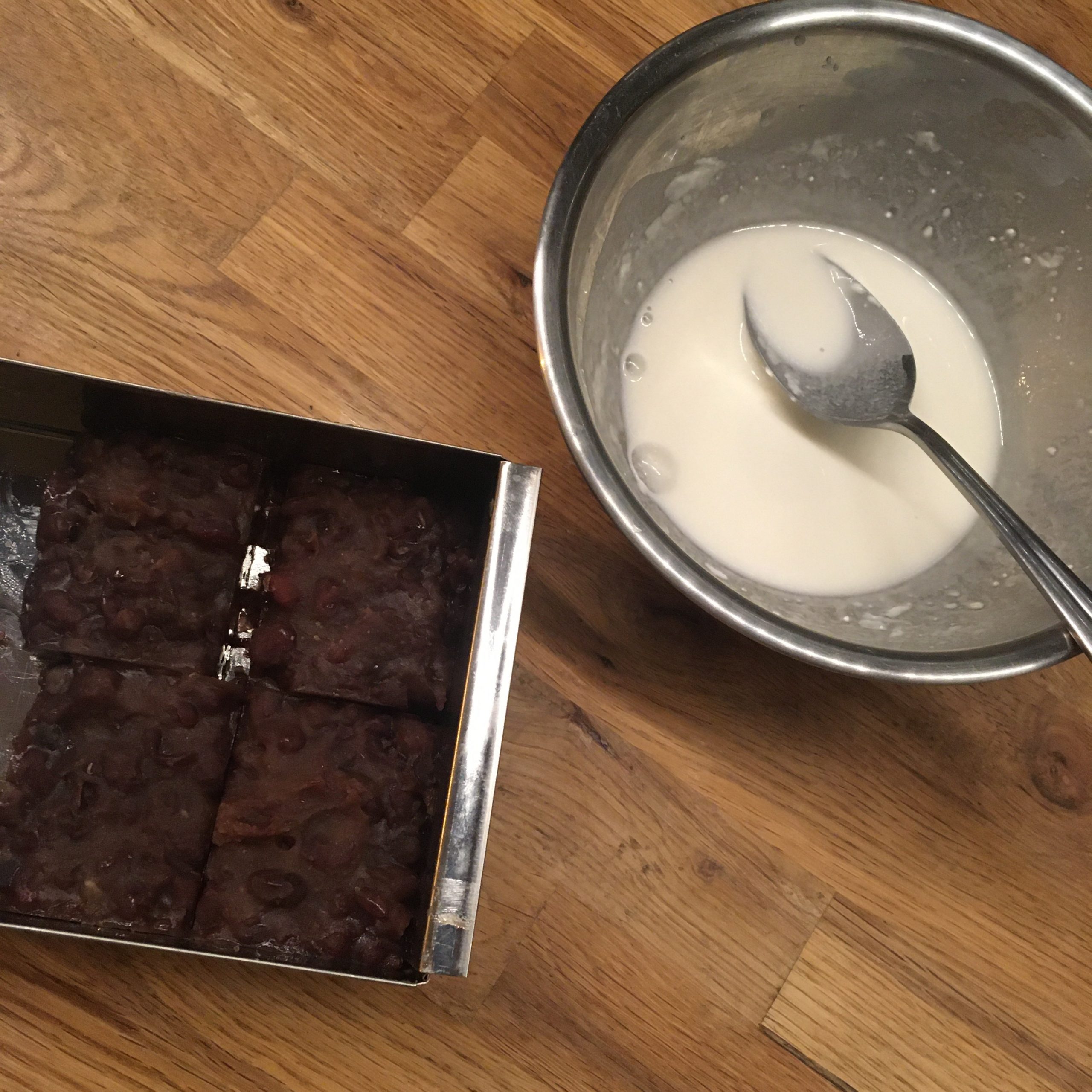There are times in the year like the one now: busy at work that leaves shorter times to cook, busy in the garden that leaves little time to cook too, end of the season and timid transition to a new one that force to use the same ingredients over and over and inventing new recipes or testing new recipes is not really on the agenda. I have exhausted my resources or almost. When time comes I put myself in autopilot for the cooking: I use as less resources as possible, working on the basic, classic versions of my registry. Spinach, shiitake, broccoli, carrots and bok choy are cooked in minimum time for the simplest recipes ever.
I have a few new recipes I’ve been loving to make in the past year. One is coconut milk curry, and it is one of my favorite super quick lunch fix. It is sooooo very simple and hands free that you can cook and work or cook and go for a walk while the pot is on the stove. And the result is always so colorful and tasteful that it’s a hit! I serve it with brown rice preferably but white rice would work too. Here is the recipe for today’s version, of course you can adjust the spiciness and the vegetables to the season, the location and your taste. I would usually use a combination of three vegetables: one crunchy, one creamy and one green…
Coconut cream curry (serves 2)
- 1 large carrot
- 1 bok choy
- 5 shiitake
- 100g of coconut cream or milk
- 1tbs of turmeric
- 1/2tbs of curry powder
- 1 tiny pinch of red pepper
- 1 pinch of salt
- 1 pinch of black pepper
Wash and cut the vegetables to the shape and size you like. In a pan slightly greased, put the carrot and the shiitake and start cooking at medium heat, then add the coconut cream or milk and stir well. Cook at low heat under cover. It your vegetables pieces are rather large add 1/2 cup of water. Add the spices. Let on the stove for 15min still at low heat. Add the bok choy and cook for 3 minutes until leaves are still bright green. And that’s it… serve with rice.
If that isn’t super simple tell me what simple means for you!!!
